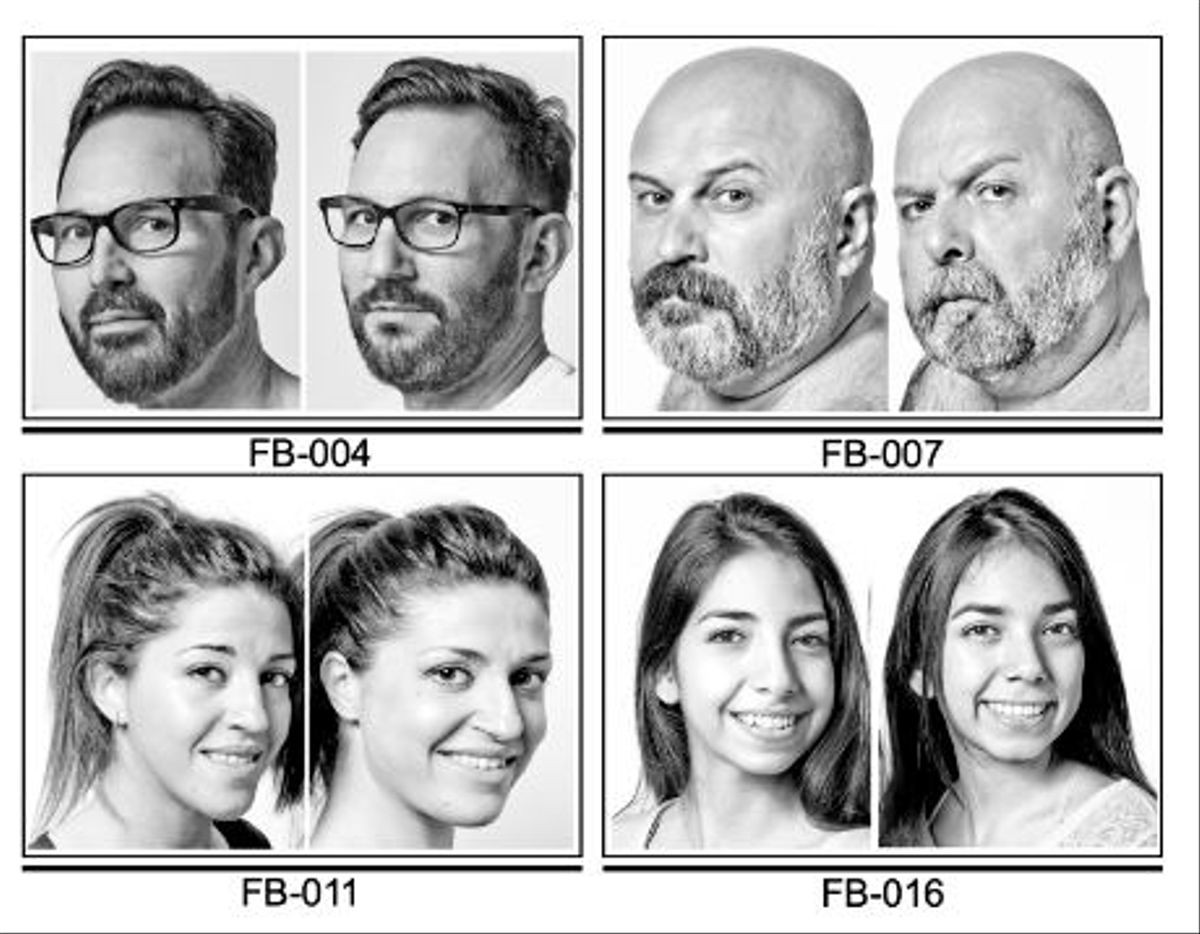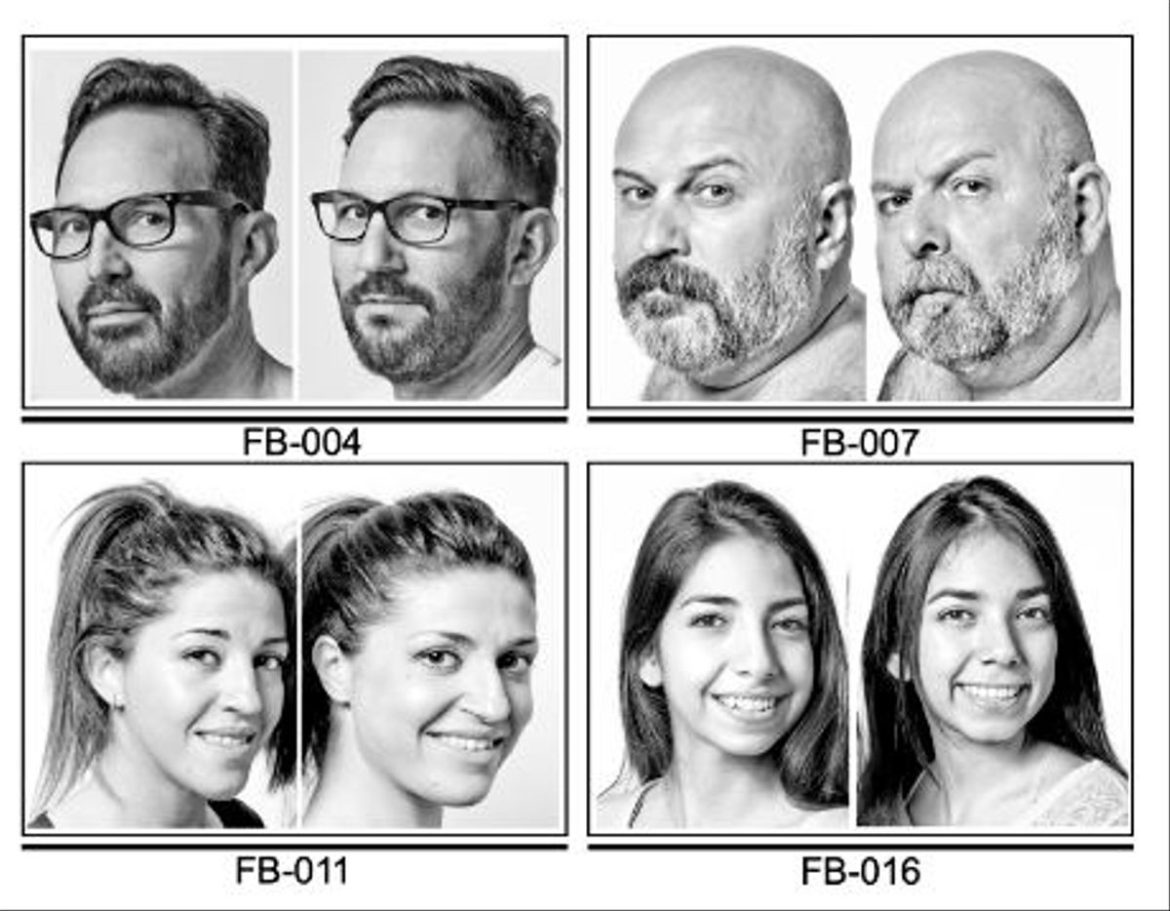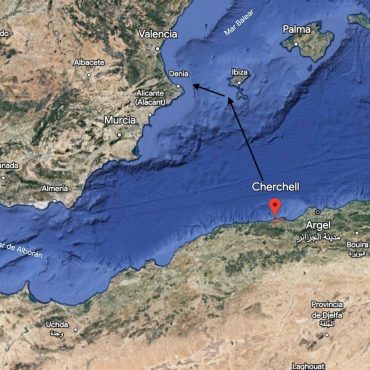-
 play_arrow
play_arrow
BayRadio Listen Live Broadcasting in Spain
A study discovers the real reason why we all have a double somewhere in the world


“We all have a double”, this phrase may now make more sense after the publication of an article on the similarity between individuals who are not related. The research, published in the journal ‘Cell Reporters’, demonstrates for the first time the biological reason for the similarities between people who are not family.
Why do we have a double?
Scientists reveal that having a double somewhere in the world is increasingly likely given that the human population is currently 7.9 billion people. According to researchers this happens because DNA fragments are shared.
“Interestingly, monocigotic twins share nearly identical facial features and the same DNA sequence, but may show differences in other biometric parameters. The expansion of the global network and the possibility of exchanging images of human beings across the planet has increased the number of people identified online as virtual twins or doubles who are not related to the family. These individuals share similar genotypes and differ in the methylation of their DNA and in the landscape of the microbiome,” the study details.
To carry out the investigation the authors recruited a group of human ‘twins’ from the photographic work of François Brunelle, a Canadian artist who since 1999 has portrayed similar people around the world. ” We obtained photographs of the faces of 32 candidates for similar couples. We used three different facial recognition methods, and most importantly, we found that 16 of the original 32 pairs (50%) resembled the three facial recognition systems,” the experts say.
Similarly, the similarity between the identified human partners was not limited to facial features alone, but the recruited participants also shared lifestyle similarities. ” Physical traits such as weight and height, as well as behavioral traits such as smoking and education, were correlated in similar pairs, suggesting that shared genetic variation is not only related to shared physical appearance, but it can also influence common habits and behavior,” they warn.
For this reason, the study opens the door to research and diagnose genetic diseases such as Alzheimer’s or diabetes. ” These findings provide a molecular basis for future applications in various fields, such as biomedicine, evolution and forensic science,” the researchers add.
Written by: BayRadio News
Similar posts
Recent Posts
- Robotic Surgery for Prostate Cancer: What Is Radical Prostatectomy and How Does the Da Vinci Robot Improve It
- What Is Fibromyalgia? Symptoms and Treatments of an Invisible Illness That Requires Specialized Attention
- AMASVISTA Glass: 10 reasons to choose SUNFLEX glass curtains
- Robotic Surgery, Immunotherapy and Comprehensive Care Take Centre Stage at Pancreatic Cancer Conference at Quirónsalud Torrevieja
- Robotic Surgery Against Ovarian Cancer: Greater Precision, Less Pain and Faster Recovery

Ctra. Cabo La Nao, CC La Nao, Local 6 03730 Javea, Alicante, Spain
Advertise with us
Do you have a business in Spain? Do you provide a service to the expat community in Spain? Would you like your message to reach over 500.000 people on a weekly basis?
BayRadio is a community orientated radio station offering fantastic content to our many listeners and followers across our various platforms. Contact us now and find out what Bay can do for you!
Our business is helping your business grow.
BAY RADIO S.L. © 2024. ALL RIGHTS RESERVED. WEB DESIGN BY MEDIANIC







